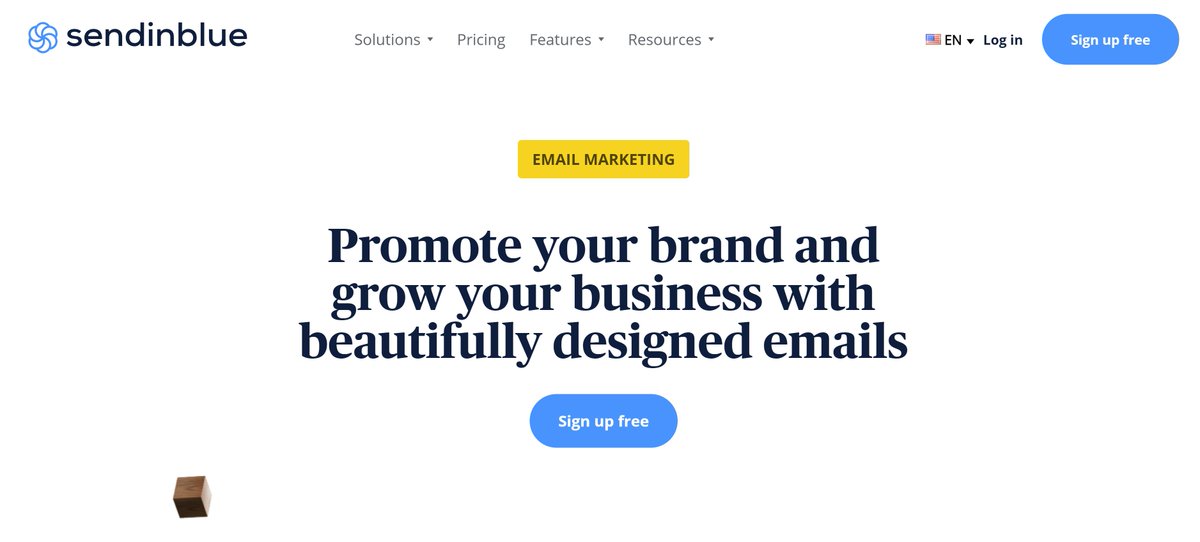How to get URL link on X (Twitter) App
https://twitter.com/peeplaja/status/1367966133295472645




 High-stakes messaging (on your home page, landing pages you drive expensive traffic to) is where most companies botch their efforts.
High-stakes messaging (on your home page, landing pages you drive expensive traffic to) is where most companies botch their efforts. 






 The blog generated the leads, sent traffic to the agency site. This was confusing.
The blog generated the leads, sent traffic to the agency site. This was confusing. 